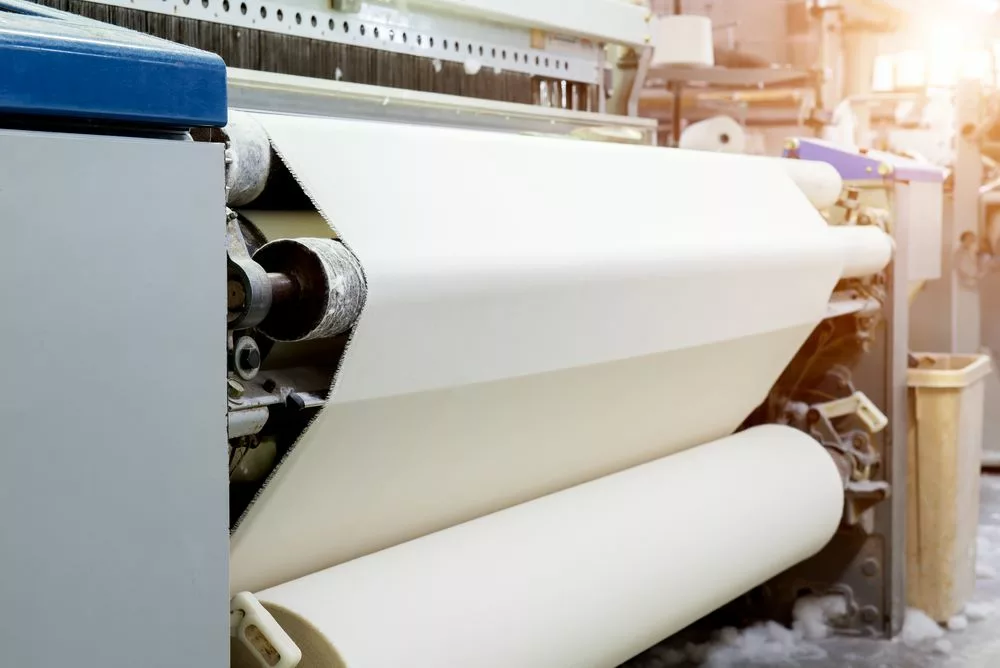Bangladesh is a developing country with a rapidly growing economy. Industrial development is mostly concentrated around the textile and garments sector, and another major is agriculture and food processing.
With the increase in industrial energy demand is increasing. To meet the increasing energy demands of the country, the government is taking various measures to promote the use of renewable energy sources. One of the most promising options is the use of backpressure steam turbines.
A backpressure steam turbine can be used as a replacement for pressure-reducing stations ( PRS or PRDS systems ). Back pressure steam turbine converts heat and pressure energy in steam to mechanical and electrical power.
A Back Pressure Steam Turbine is a device that uses high-pressure steam to generate electricity. High-pressure steam from the boiler is passed through the back pressure steam turbine to reduce its pressure from boiler pressure to process pressure.
The back pressure steam turbine uses the steam to turn the generator, which produces electricity. The exhaust steam is then used for other purposes, such as heating or industrial processes.
Backpressure steam turbines are highly efficient, with energy conversion rates of up to 90%. They are also environmentally friendly, as they produce fewer greenhouse gas emissions than traditional power plants.
In Bangladesh, the use of backpressure steam turbines has the potential to transform the country’s energy sector. The use of backpressure steam turbines is particularly attractive for industries that
require high amounts of energy, such as textiles, food processing, and paper production. By installing backpressure steam turbines, these industries can reduce their reliance on fossil fuels and lower their energy costs.


